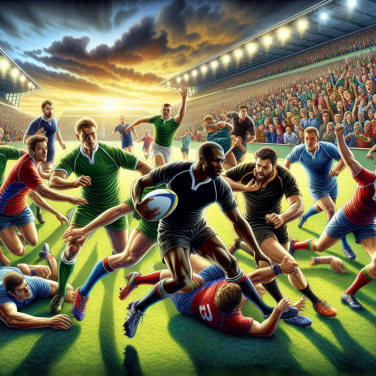The Adrenaline Rush of Netting Goals in Wheelchair Soccer
Powerchair football, also known as wheelchair soccer, is a sport filled with intensity, strategy, and excitement. The adrenaline rush one experiences when scoring goals is an unmatched exhilarating moment for players. It is a game that doesn't just demand physical fitness and agility but also mental toughness and teamwork.
As the players maneuver their specially designed powerchairs on the field, they showcase a level of control and speed that defies expectations. The chair becomes an extension of the player, responding with precision to every joystick movement. The sound of the powerchair motors humming across the court underlines the pace of the game, which contrary to what many might presume, is rapid and action-packed.
The objective is clear: to push a 13-inch soccer ball into the opposing team’s goal. However, the execution is where skill and strategy come to play. Offensive players need to have excellent spatial awareness, as well as the ability to anticipate the movements of the defenders and the goalkeeper. It takes split-second decision-making to see an opening and exploit it, pushing or spinning the ball towards the goal with the guard attached to the front of their wheelchair.
The nuances of ball handling are complex in powerchair football. A deft touch can mean the difference between maintaining control and fumbling a prime scoring opportunity. Players use spin kicks, where they hit the ball with the side of the guard to curve it. This requires a level of finesse and timing that can take years to master. When the ball hits the back of the net, it is not just a display of individual prowess but the culmination of hours of practice, coordination, and shared team vision.
The thrill of scoring goals in wheelchair soccer is also amplified by the camaraderie and the incredible crowd support. This is a sport that thrives on the energy of its community. The cheers and applause that fill the arena when a goal is scored drive the players even more. It is a celebration of ability, tactical skill, and sheer determination.
On the defensive end, goalkeeping in powerchair football is as adrenaline-pumping as the offensive play. Goalkeepers must exhibit quick reflexes and a keen eye for predicting where an offensive player might shoot. When a goalie thwarts a well-aimed shot, it is as much a cause for celebration as scoring a goal. It maintains the momentum and can be pivotal in the game's ultimate outcome.
Read also:
Navigating Your Golf Game: Deciphering Which Clubs You Need
Mastering the Art of Ball Control in Powerchair Football
In the realm of powerchair football, the ability to master ball control is an essential skill that separates novice players from veterans of the game. This sport, which enables athletes with disabilities to experience the excitement and strategic gameplay of football, relies heavily on precision and finesse, particularly when it comes to maneuvering the ball.
Much like in traditional football, where footwork is crucial, powerchair football players must become adept at handling their powerchairs to guide the ball effectively. This involves precise movements, quick decision-making, and tactical awareness. To achieve a high level of control, athletes often engage in rigorous training focused on a few key areas.
The first aspect of mastering ball control in powerchair football is understanding the dynamics of the powerchair itself. Each chair is equipped with a guard specifically designed for the sport which helps to cradle and maneuver the ball. Players must become intimately familiar with the nuances of how their chair interacts with the ball, including how to use their guards to trap, spin, and direct it where they want it to go.
Training drills play a vital role in developing these skills. Simple exercises such as dribbling between cones, practicing 180- and 360-degree turns with the ball, and playing catch with teammates using only the chair and guard can significantly improve ball handling. The comfort level of an athlete with their chair's capabilities often determines their effectiveness on the field.
Agility and speed are also key components of ball control. Players must learn to anticipate the movement of the ball and react swiftly to maintain possession against opponents. This requires not only quick reflexes but also the anticipation of the game's flow, predicting opponents' actions, and positioning their chairs in the best possible manner to keep control of the ball.
Strategic dribbling and passing are essential for maintaining control and creating scoring opportunities. Powerchair football athletes must be able to gauge when to keep the ball close and when to pass to a teammate strategically. This decision-making process is continually honed through tactical drills and game simulation exercises that help players learn to read the game and make quick decisions.
Furthermore, teamwork is crucial in powerchair football, as it is in any team sport. Developing chemistry with teammates helps ensure that passing and ball movement are fluid and difficult to intercept by opponents. Through practice, teams can establish a non-verbal understanding, allowing them to execute coordinated attacks and defend as a unit.
Lastly, players must also work on their defensive ball control.




